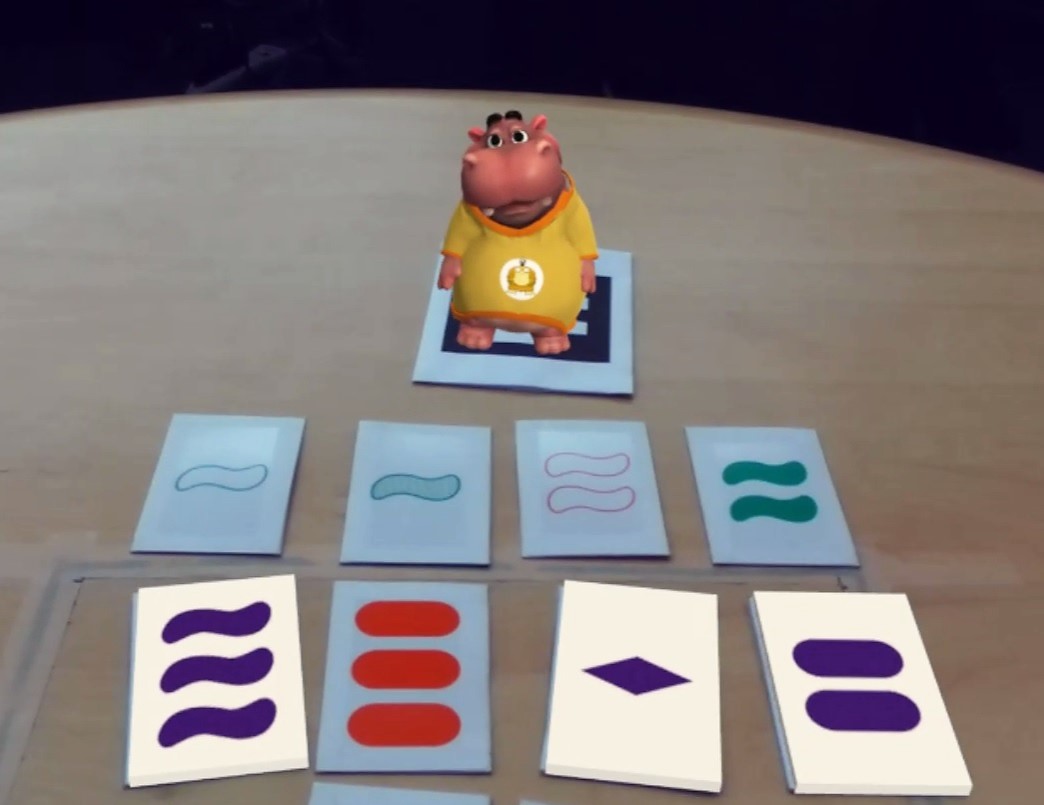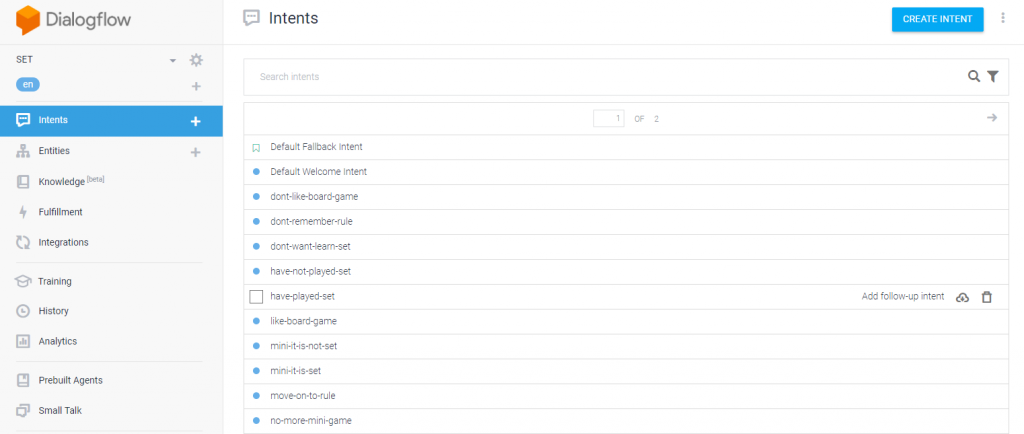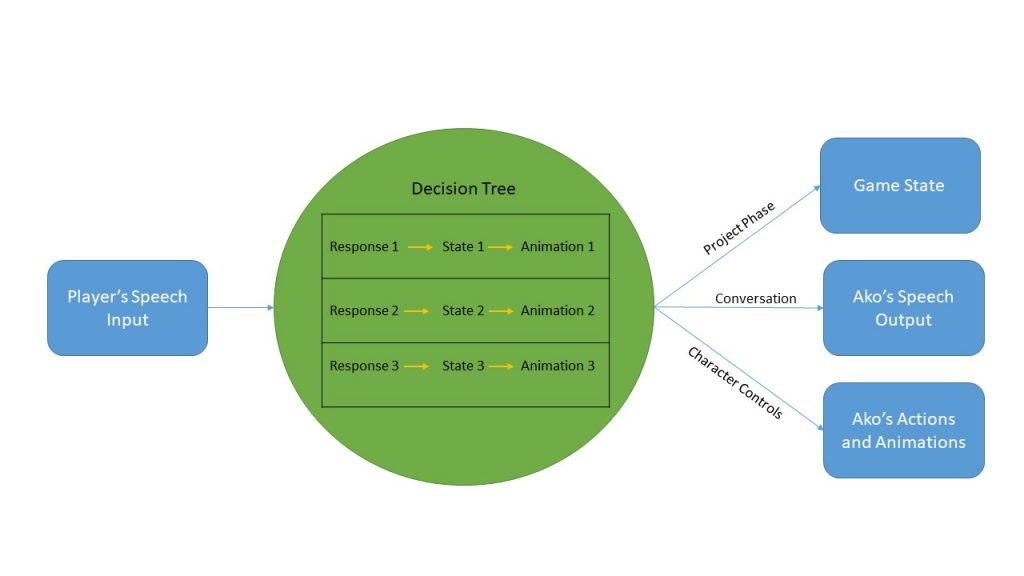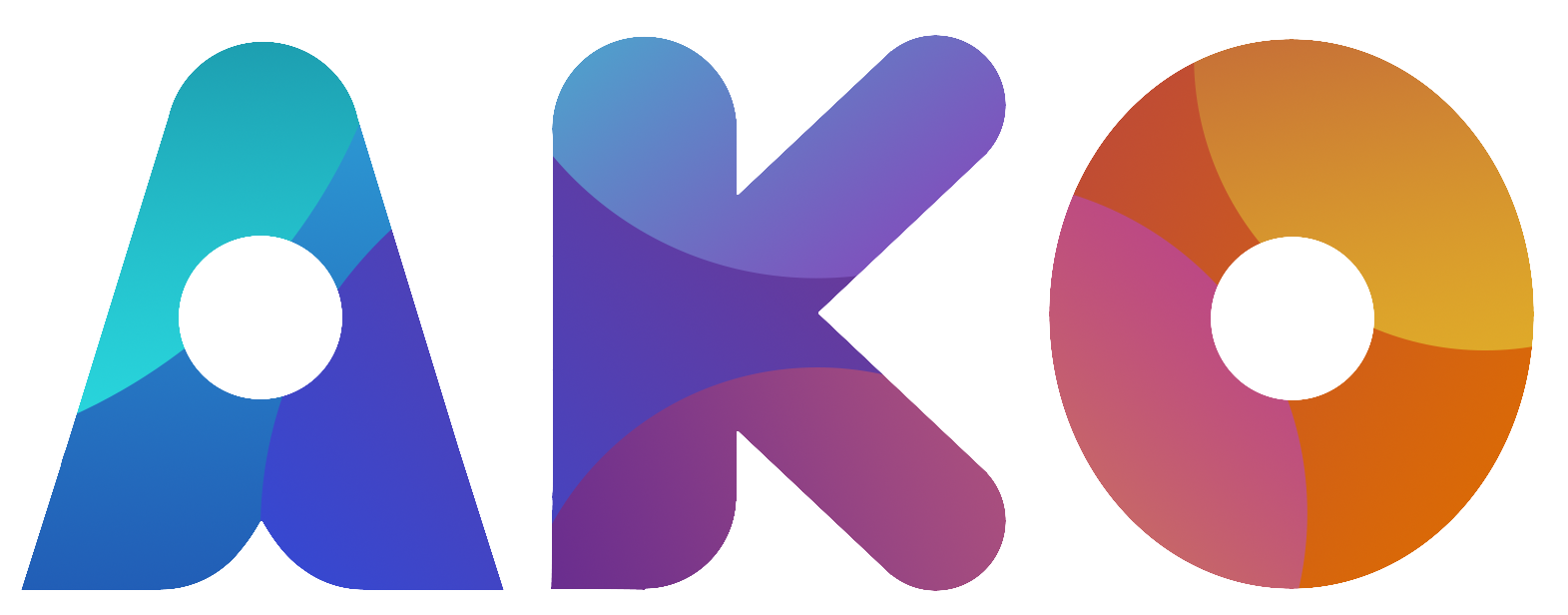Week 7: Preparing for Halves

We are at Week 7 and halves is just around the corner! As planned, we proceeded with integrating the AR and Speech modules. However, we had some major decision changes regarding the state machine in Unity.
Choosing Dialogflow functions
While Dialogflow sounded like a good option for us to use to drive the state machine logic. We also realized that it was adding complexities to our logic. Let us take a look at the following screenshot of Dialogflow.

We add a list of Intents to the
Therefore, we decided to use a different mode of state management using

Using XML also allowed us to have added flexibility to the decision making process.
Using SSML
SSML allows us to have expressive speech content to an otherwise, robotic voice. It is done by modifying certain attributes of a voice clip from Amazon Polly. The attributes that can be modified include:
- Pitch
- Rate
- Emphasis
- Breath
- Timbre
Here is an example of Ako talking with SSML modifications
And here is an example of Ako talking without SSML modifications
Rigging and Animation
We also created a custom rig so that Ako can be animated for any action. Here is a demonstration of the rig. Ako has a full body and facial rig.
Adding Visual Guides and Mini-Game practice modes
To add to a better learning experience, we introduced more visual guides to help reinforce the rules to the players, One major feedback from our Quarters playtest was that some people preferred having visuals compared to vocals.
We iterated on different visual UI that would focus on showing the features of the game. We also introduced a mini-game mode or practice mode that would be played after the rules part. This phase tells a player why a set of cards is set or not. It also explains the features of the card one by one so that they can absorb the differences clearly.

Integrating these features is our goal for the halves review and demo next week!

Recent Comments